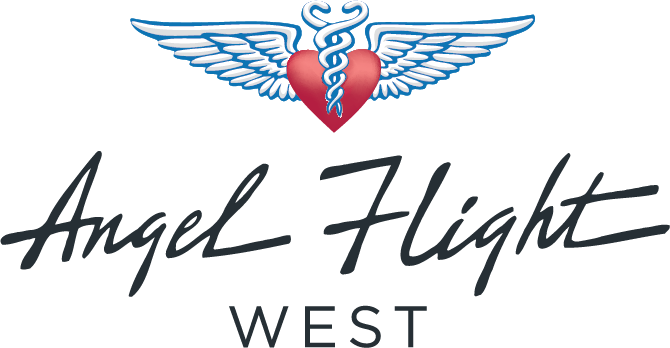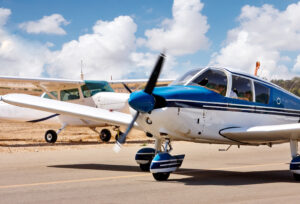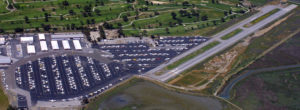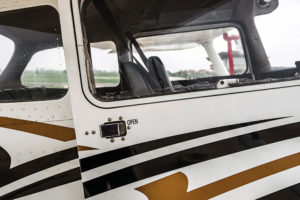Logging Cross-Country Time
It is probably easier to navigate through the fog without instruments than trying to determine how to log cross-country time. How you classify your flight time as cross-country depends upon the context of its use. As the FAA has written before, there are multiple ways to define the logging of cross-country time.
First: The FAA defines cross-country time under FAR 61.1 (b)(3)(i). This definition (there are actually some exceptions; however, for our purposes, it works) describes how to generally log cross-country time. Basically, if you take off from an airport, find your way to another airport, and land by pilot age, GPS, VOR, etc, you’ve completed a cross-country flight. You can’t simply fly over an airport, look down, or fly a missed approach at an airport and fly home. Touch and go’s aren’t specifically excluded so those are fine 🙂
Second: The FAA requires some additional requirements if you want to apply the logged cross-country time defined above to the aeronautical experience requirements for a particular license or rating.
For example, using the first definition you could log cross-country time from Montgomery Airport – Gillespie, San Diego (KMYF to KSEE), a distance of about 10 miles, and land at KSEE. However, since it isn’t more than 50 nm straight-line distance (25 for rotorcraft or sport pilot), you can’t use that for a rating time for the aeronautical experience requirements. There are some exceptions for Hawaii, etc.; however, they don’t apply to most pilots.
If you remember from your latest check ride, you would log the X-C time, then prove to the DPE that each flight met the aeronautical experience requirements for that rating. If it didn’t, they wouldn’t tell you your logging of X-C time was incorrect. It would simply be that the X-C time didn’t meet the requirements for that particular rating.
The FAA has published various letters regarding the recording of flight time. One of the most pertinent to this topic can be found here.
Boldmethod.com also has a useful discussion and graphic on their site:
For the purposes of AFW and our pilot requirements, we evaluate the required cross-country flight time based upon the FAA’s first definition of flight time (FAR 61.1 (b)) and the pilot’s reporting of that time to us.
Thanks for being a part of AFW!
Rich Pickett, Safety Officer























